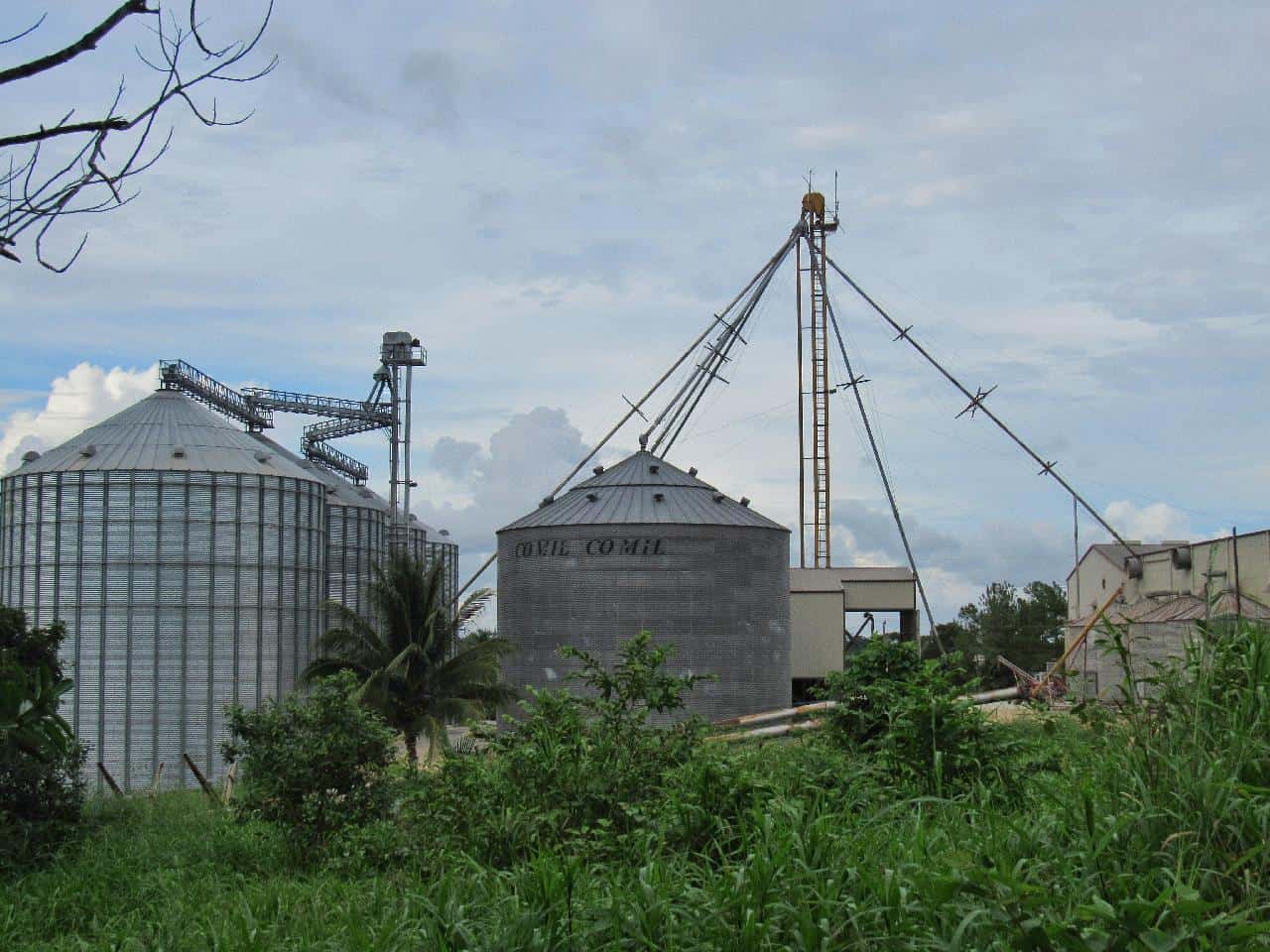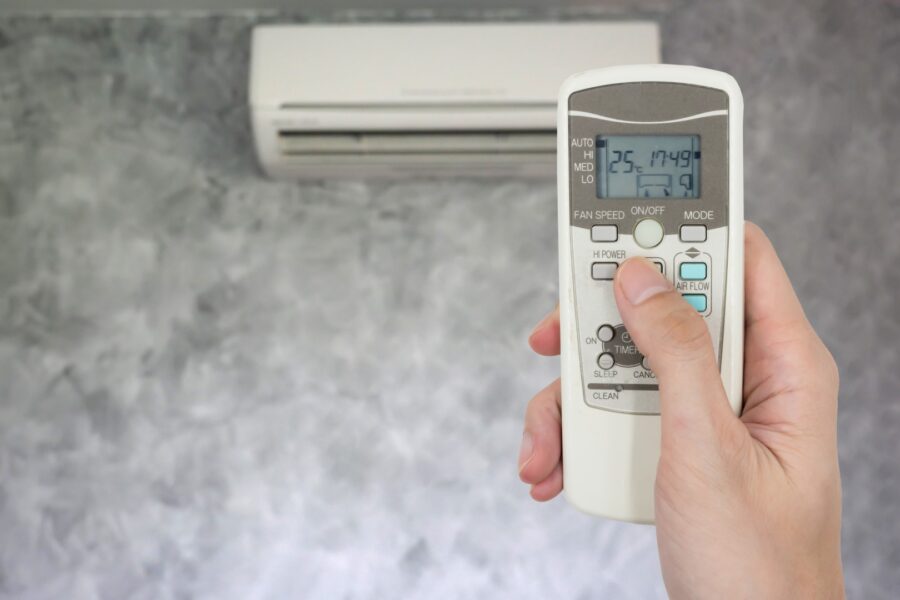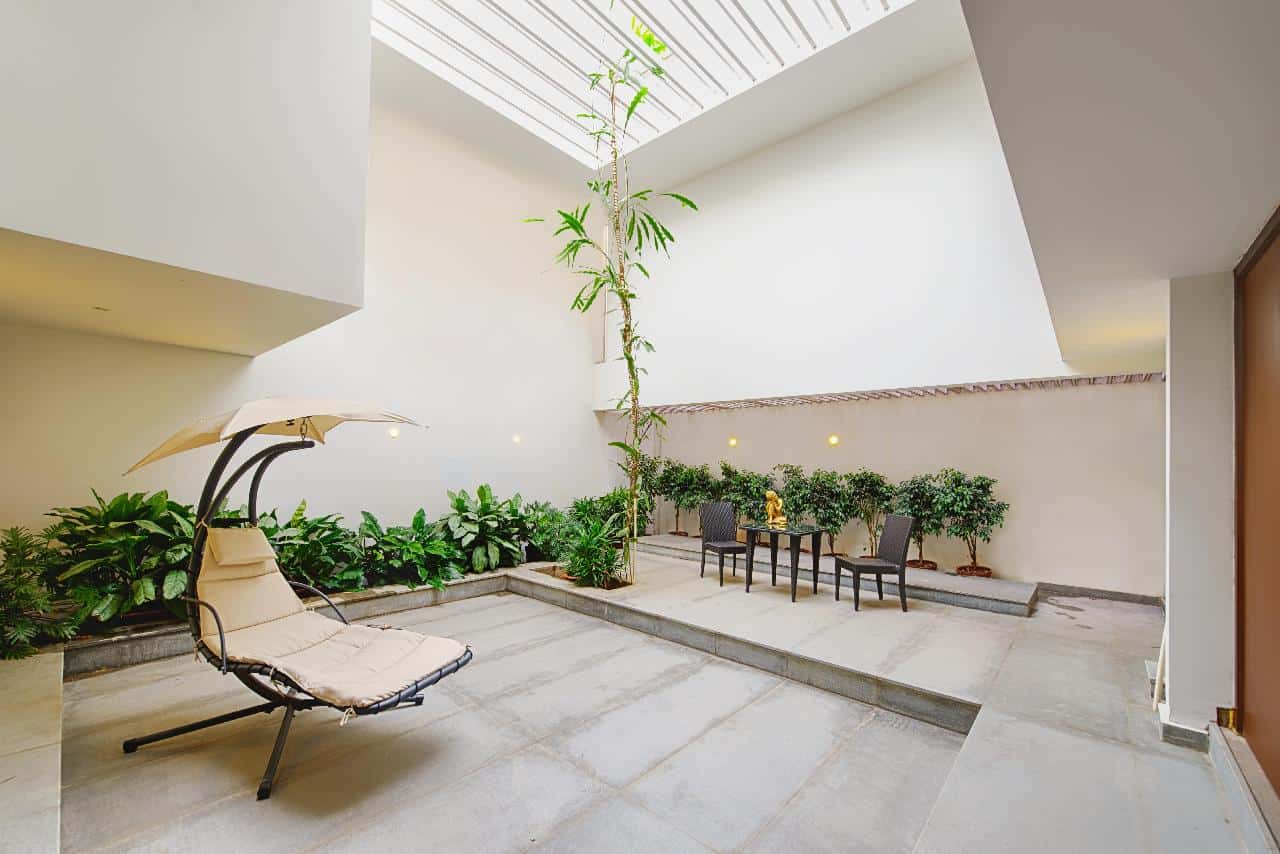Maintaining standard water pressure can be troublesome, especially if your source of water is well water. Well-pressure tanks are installed for this very purpose— regulating water pressure throughout the household. However, you are likely to run into some problems every so often. Therefore, knowledge and understanding of operating the pressurized tanks is due importance. Here are some necessary safety conducts for operating pressure tanks as well.
Core Functionality
Considering the lack of pressure wells have, pressure tanks create the required water pressure for your use. There are different types of well pressure tanks, but the working principle remains the same. All tanks have an air chamber along with a partition wall — rubber diaphragm or air bladder. The compressed air is then trapped into the separated space, increasing the pressure gradually. Moreover, the tanks are well-equipped with a pressure switch for actuating the pump.
The Optimal Pressure
According to standard pressure settings, a pressure of 2 psi lower than the cut-on point is considered optimal. The value is subject to change depending on the tank’s configuration. The preset for most pressure tanks is 30/50, with the cut-on pressure set as 30 psi. Therefore, setting up your pressure tank at 28 psi would be the solution. Another example would be a 40/60 pressure switch, with 40 psi set as the cut-on pressure, and 38 psi your tank pressure.
The 20 psi gap between the cut-on and cut-off pressure is of significance. A larger or smaller gap will cause several well pressure tank troubleshooting issues. The big difference will force the pump to function non-stop, while a smaller difference will result in premature pump cut-off.
Regulating the Pressure
Closely monitoring the pressure after the installation of the tank is vital. Fluctuations in pressure are probable to cause unnecessary wear and tear, along with mediocre efficiency. Most pressure switches display their settings and pressure for each section. However, if the device’s calibration makes you unsure, there is another way of checking the settings.
Fill the tank to its maximum capacity, then have the water flow through any faucet in your home. Observe the pressure drop until the pump kicks in. The pressure at that instant will determine your pressure settings. For instance, if the noted pressure is 40 psi, your settings are probably 40/60.
Preventing Bladder Failure
The bladder, or diaphragm, is constructed from rubber. The bladder undergoes continuous expansion and contraction with time, thus, straining and deforming the rubber. Therefore, this cycle of flexing back and forth will ultimately result in permanent damage, such as pinhole leakage. With the leakage of air, the pressure is prone to decrease, triggering the pump to switch on and off more frequently. Henceforth, the pinholes leaks will increase, forcing the bladder to fail.
To somehow diminish the strain imposed on the bladder, the frequency of the pump cycles need to be lower down. But how do you achieve this state without cutting down on the pressure? A properly sized tank is the solution. Smaller tanks are susceptible to bladder failure merely because they require more cycles to function adequately.
Insulation from Climatic Changes
Summers and warm climate can cause some problems for us, but dealing with such conditions is bearable. However, winters are an entirely different story. The water is likely to freeze, harming the tank and severely damaging the bladder, making adequate insulation necessary. There are several ways of insulating or protecting your tank. Firstly, the tank’s location is by far the most effective yet convenient option to prevent such difficulties. Moving the tank indoors like in a shed or barn will protect the tank from being exposed to the frigid temperatures.
An insulating coating material around the vessel is also an alternative. A fail proof option would be to install an aeration pump. The pump will keep the water circulating in the tank, preventing it from freezing. A larger tank is also likely to increase the period before the water freezes.
Cleaning the Tank
The most important, yet overlooked factor for the safe operation of tanks is cleaning and maintenance. Several components of the tanks require timely cleaning and replacement. Routine maintenance will also result in cleaning out any bacteria or microorganisms piling up in the tank. Water tanks are also susceptible to accumulating slime. For the elimination of harmful bacteria, several sanitary systems are available.
Filters and various other components require a yearly replacement. Therefore, owners and service providers advise conducting proper cleaning and services in that period.
CONCLUSION
Pressurized water tanks are a great piece of equipment. They produce enough pressure to leverage the water through your household, fulfilling the essential needs of life. Different variables need to be taken into account when considering the tank you install. Factors such as size, tank type, as well as considering the climate you live in, play a vital role in avoiding numerous blunders. Therefore, maintaining the safe operation of the pressure tank is crucial.
Discover more from Futurist Architecture
Subscribe to get the latest posts sent to your email.



